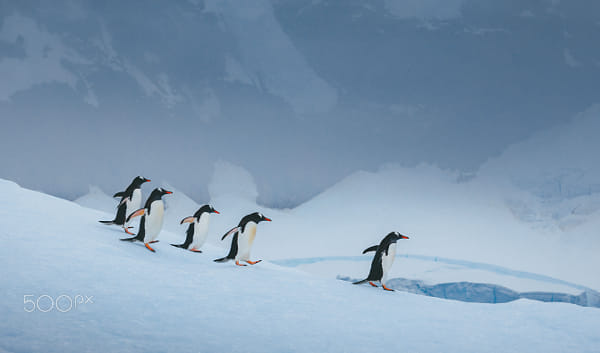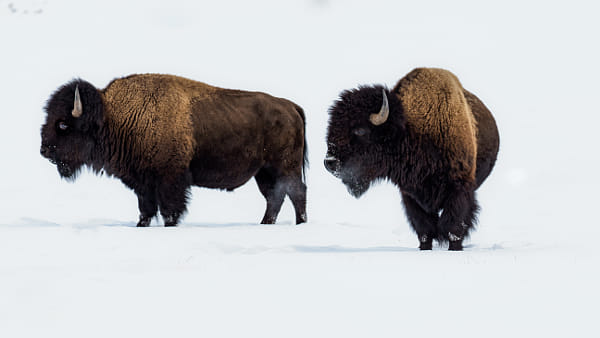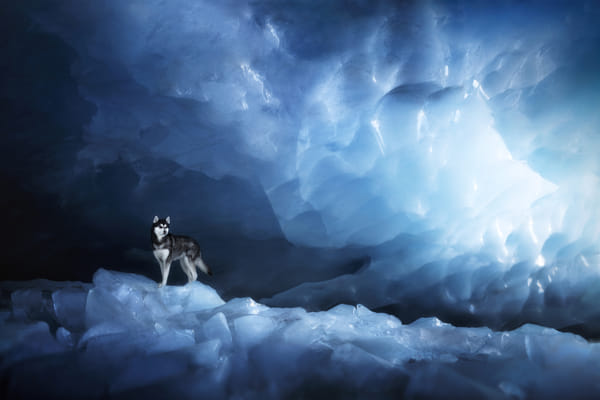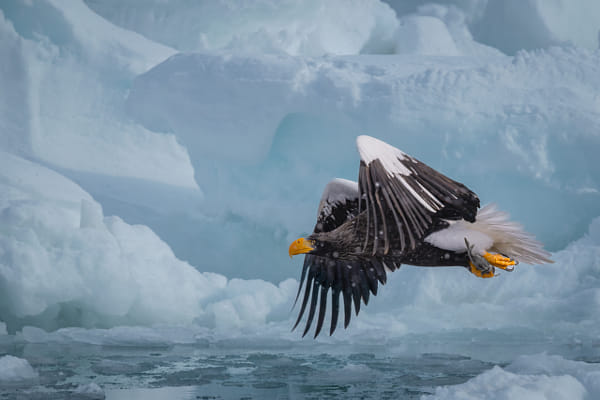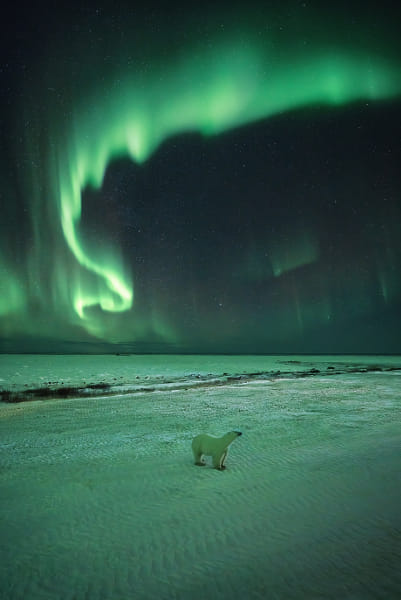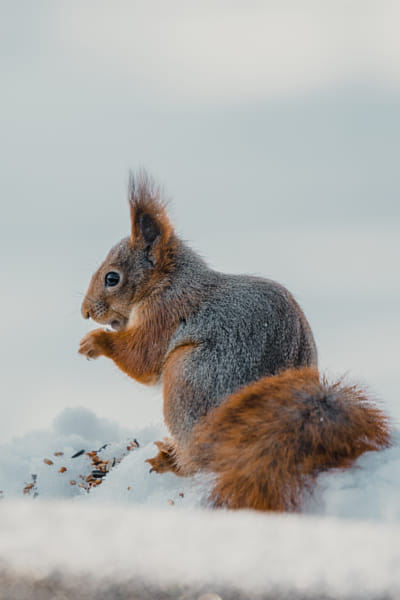Winter offers photographers unique opportunities to capture wildlife in a setting that emphasizes the stark beauty and resilience of nature. Snow-covered landscapes, frosty mornings, and the quiet calm of winter months provide a stunning backdrop for animals in their natural habitat. Here’s how to approach winter wildlife photography with a professional touch, focusing on advanced techniques for lighting, composition, and patience.
Using light to enhance winter wildlife
The lighting in winter is often softer and lower, casting a gentle glow over the landscape. Understanding how to harness this light can bring out the best in your wildlife photos.
Utilize soft, diffused light for detail
The low winter sun provides a gentle, diffused light that enhances the natural textures of animal fur and feathers. This lighting is perfect for highlighting details without harsh shadows, giving your images a soft, balanced look. Shooting in the morning or late afternoon will add a warm tone to your subjects, which contrasts beautifully with the cooler winter environment.
Backlight for a dramatic silhouette
Winter’s low sun makes backlighting more accessible throughout the day. When positioned carefully, it can create a glowing outline around your subject, adding drama and depth to the shot. To prevent overexposure, meter for the highlights on the animal or use exposure compensation to maintain detail in the background.
Capturing wildlife behavior
One of the best aspects of wildlife photography is observing animals in their natural routines. Winter provides a unique opportunity to capture behaviors such as foraging, hunting, and interaction with the environment.
Be patient and observe
Patience is crucial in winter wildlife photography. Animals tend to conserve energy during colder months, making them less active. By observing quietly, you can anticipate movements and be ready to capture subtle behaviors that convey the essence of the season. Allowing animals to come closer rather than approaching them directly often results in more intimate and authentic images.
Look for animal tracks and signs
Snow-covered landscapes highlight animal tracks, which can tell a story about where animals have been and what they’ve been doing. Use these tracks as visual cues to find your subjects or incorporate them into the composition for a storytelling element.
Composition techniques for winter wildlife
The winter environment allows for minimalist compositions that focus attention on the subject without distractions. Use these techniques to frame your wildlife subjects effectively.
Frame with the natural environment
Use trees, branches, or snowdrifts as natural framing elements to focus attention on your subject. For example, framing a fox against a backdrop of bare trees or snow-capped rocks creates depth and adds context, showing the animal’s relationship with its environment.
Include negative space for isolation
Snowy landscapes often create a natural negative space that emphasizes the subject. By placing your subject within a vast, open space, you can create a sense of isolation or solitude, which is powerful in winter scenes. This technique works particularly well when photographing solitary animals like deer or foxes.
Get low for an immersive perspective
Shooting from a lower angle places the viewer at eye level with the animal, creating an immersive experience. This perspective not only brings out details in the subject but also allows the viewer to connect with the animal on a more personal level. In snowy environments, getting low can also let you capture the texture of the snow and add dimension to your images.
Practical tips for winter wildlife photography
Camouflage and quiet gear
In winter, animals are highly aware of their surroundings. Dress in neutral colors and use silent gear to avoid startling your subjects. Many professional wildlife photographers invest in camouflage covers for their equipment to help them blend into the environment.
Capture breath and frost for effect
On particularly cold days, you may notice animals’ breath creating small clouds or frost forming on their fur. Capture these elements to add a sense of realism and atmosphere to your photos. Timing is key—watch for when an animal pauses to breathe, creating an opportunity for a shot that conveys the chill of winter.
Adapt your shutter speed to movement
When photographing animals in motion, use a faster shutter speed to freeze the action, especially in snowy conditions where even a small movement can stir up snow. Conversely, a slower shutter speed can blur background snow, adding a sense of movement and dynamism to a stationary subject.
Winter wildlife photography offers the chance to capture animals in a world transformed by cold and snow. By carefully considering lighting, composition, and environmental elements, you can create images that highlight the resilience and beauty of wildlife during this challenging season. Embrace the quiet, be patient, and let winter’s natural rhythm guide you to capturing these captivating moments.
Not on 500px yet? Click here to learn about Licensing with 500px.

